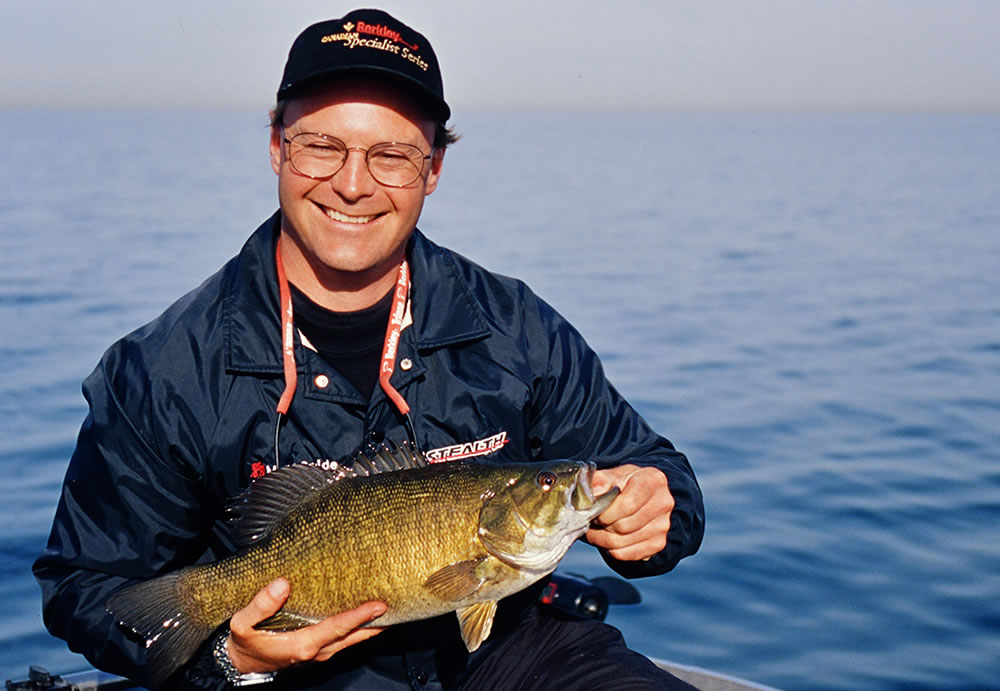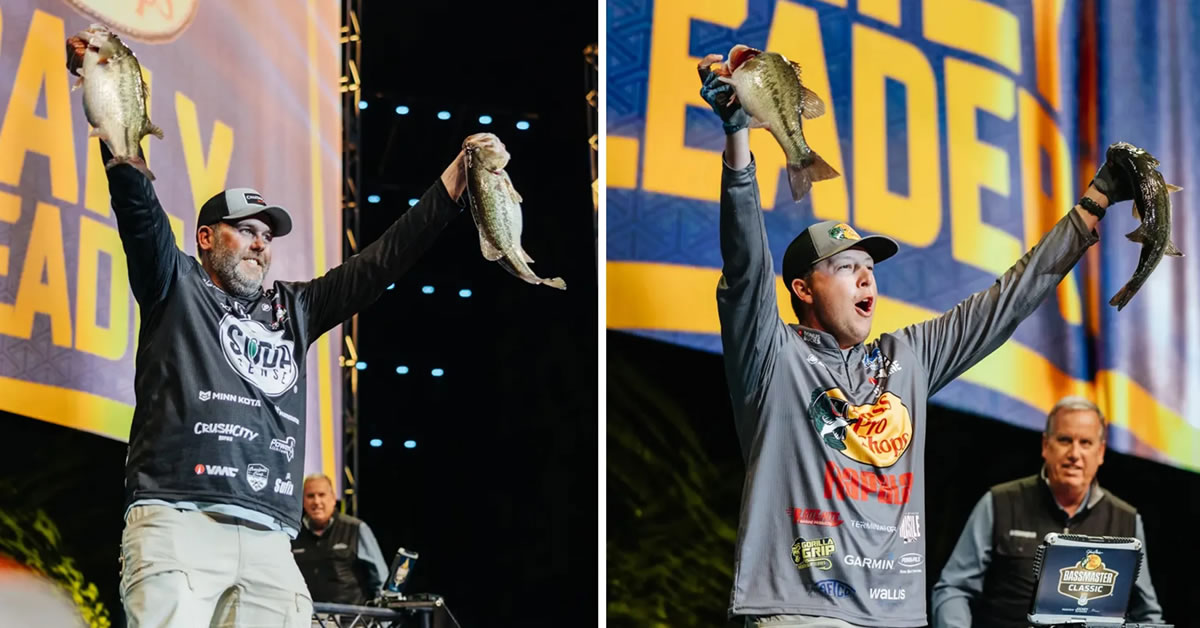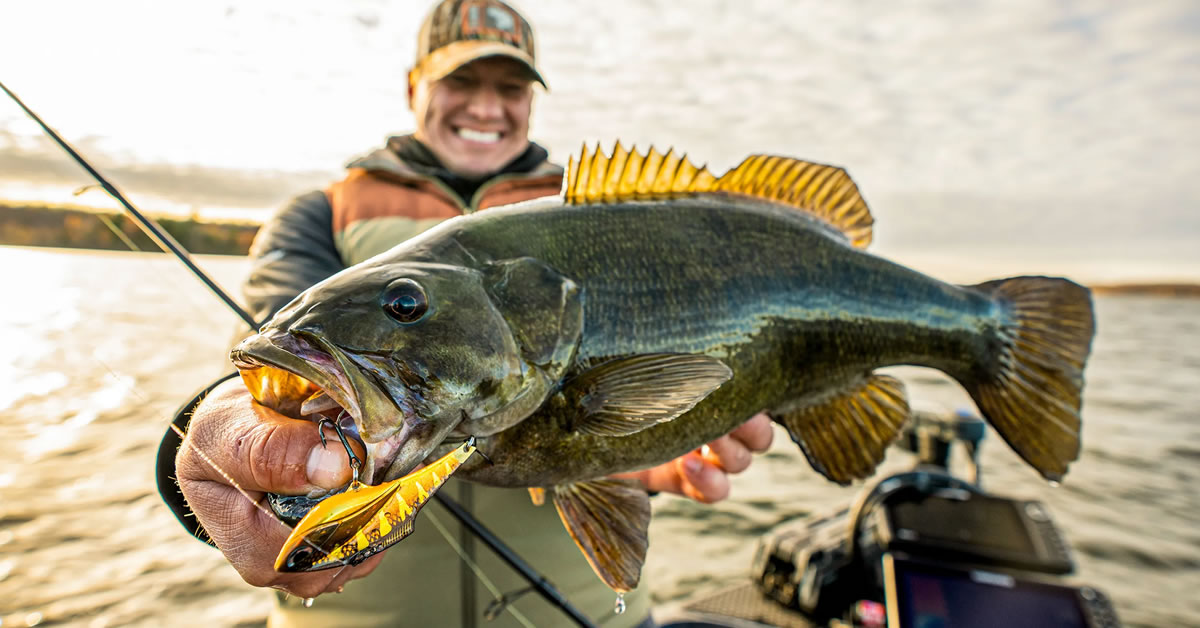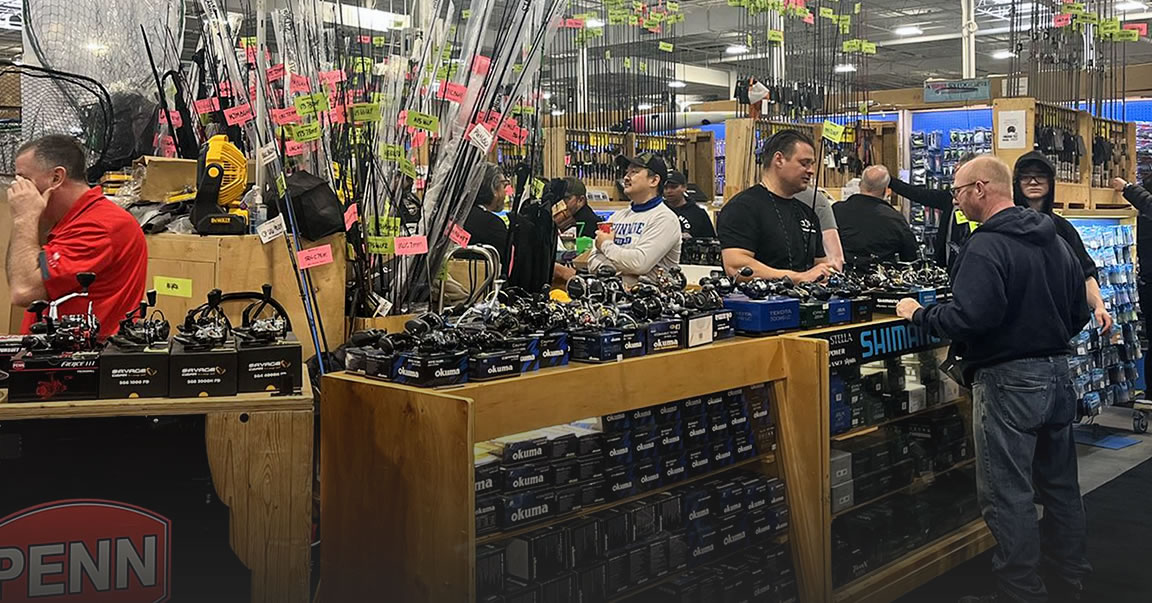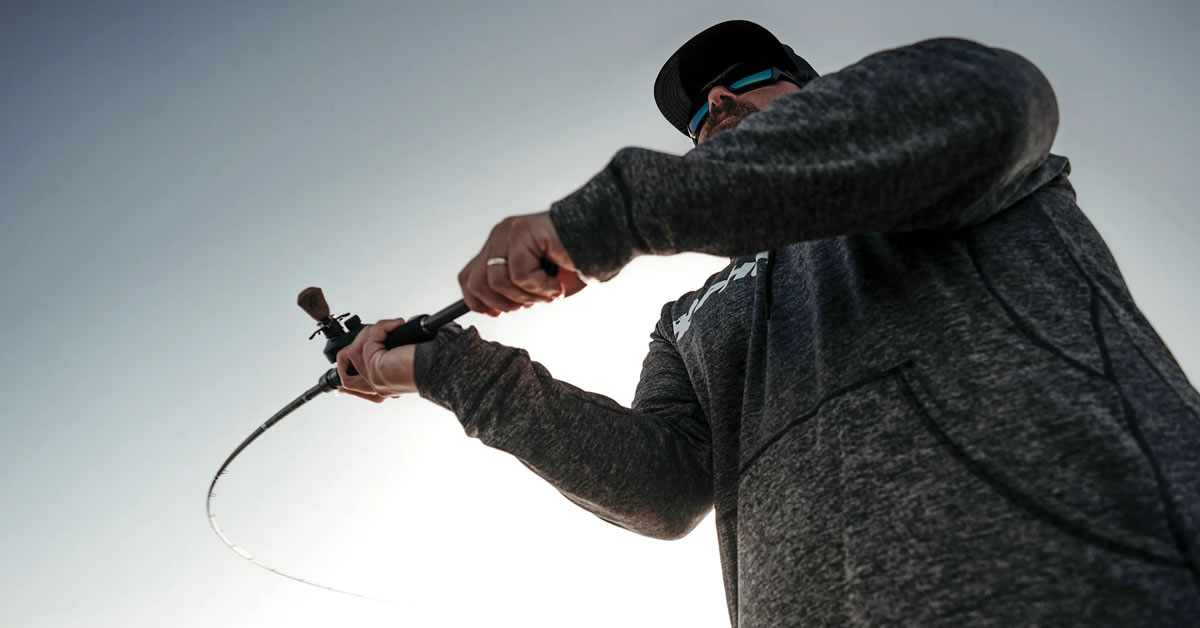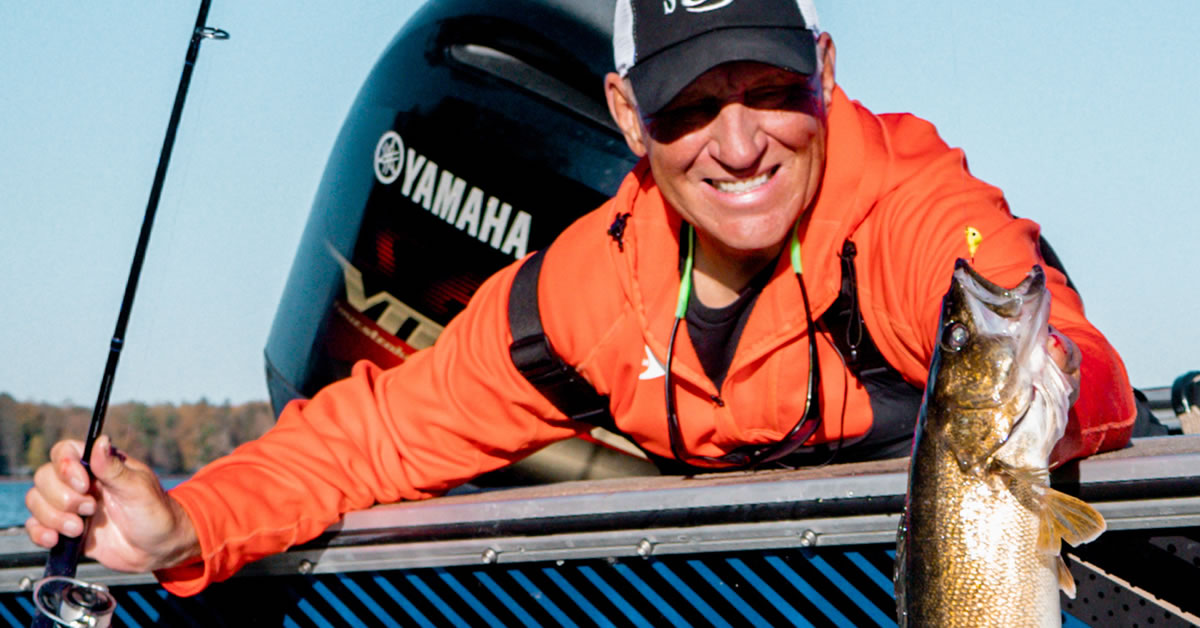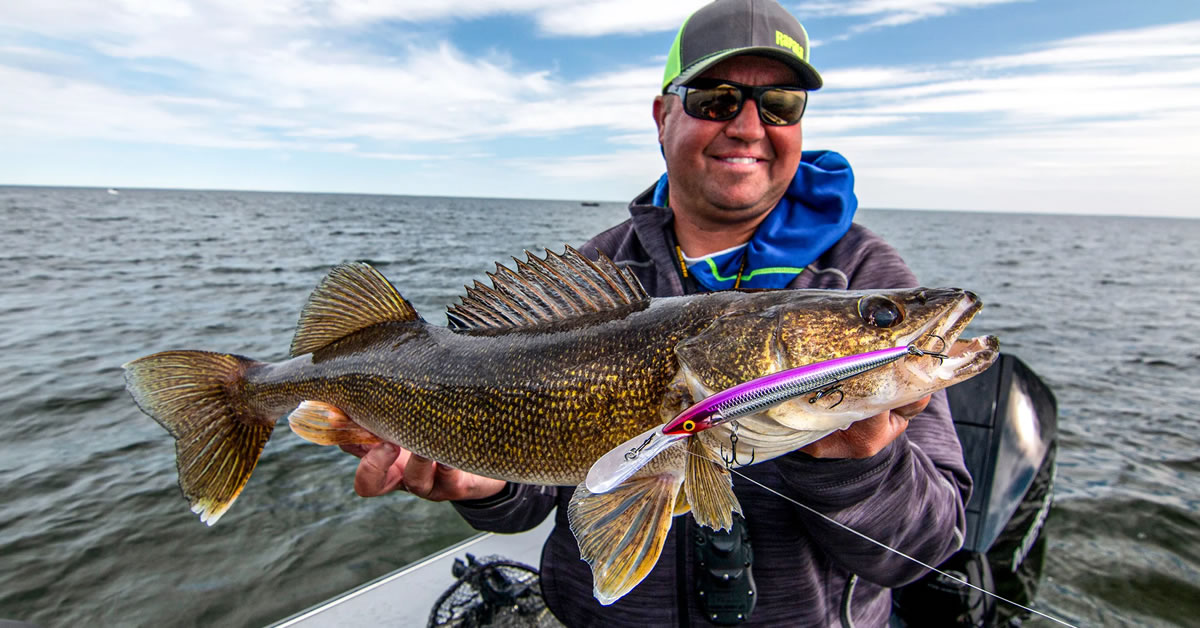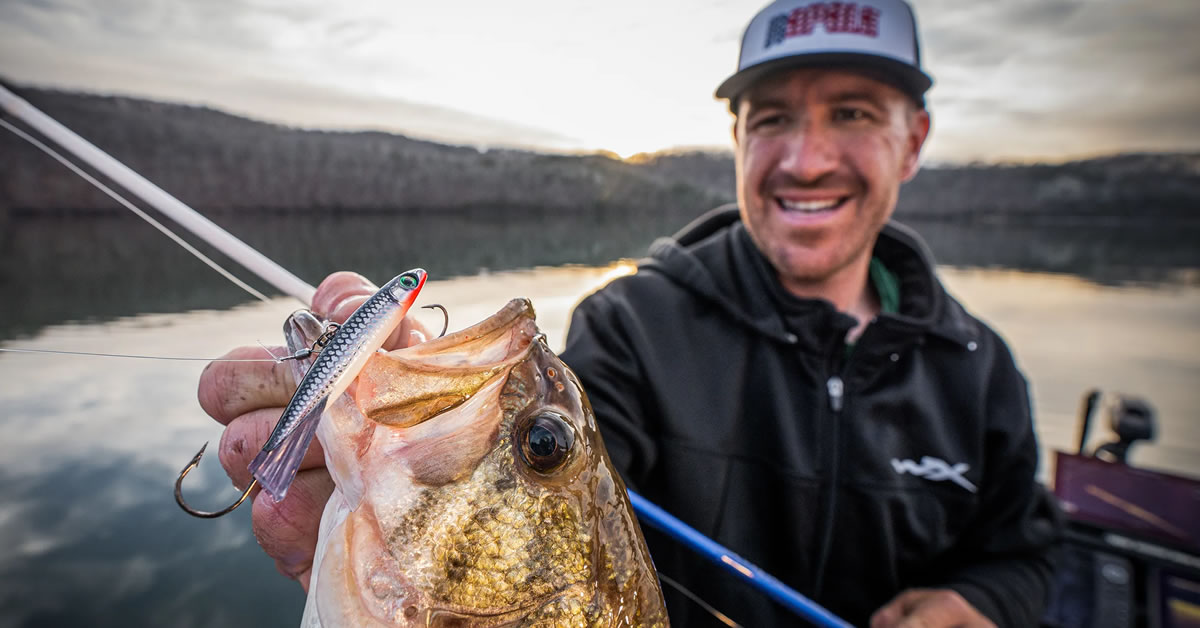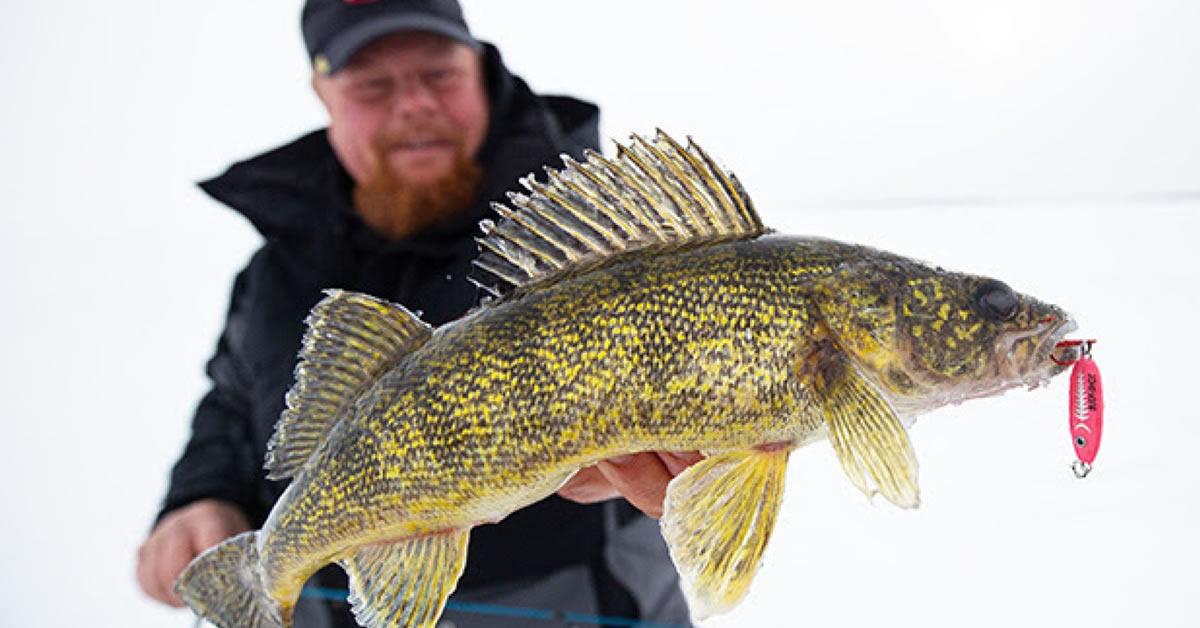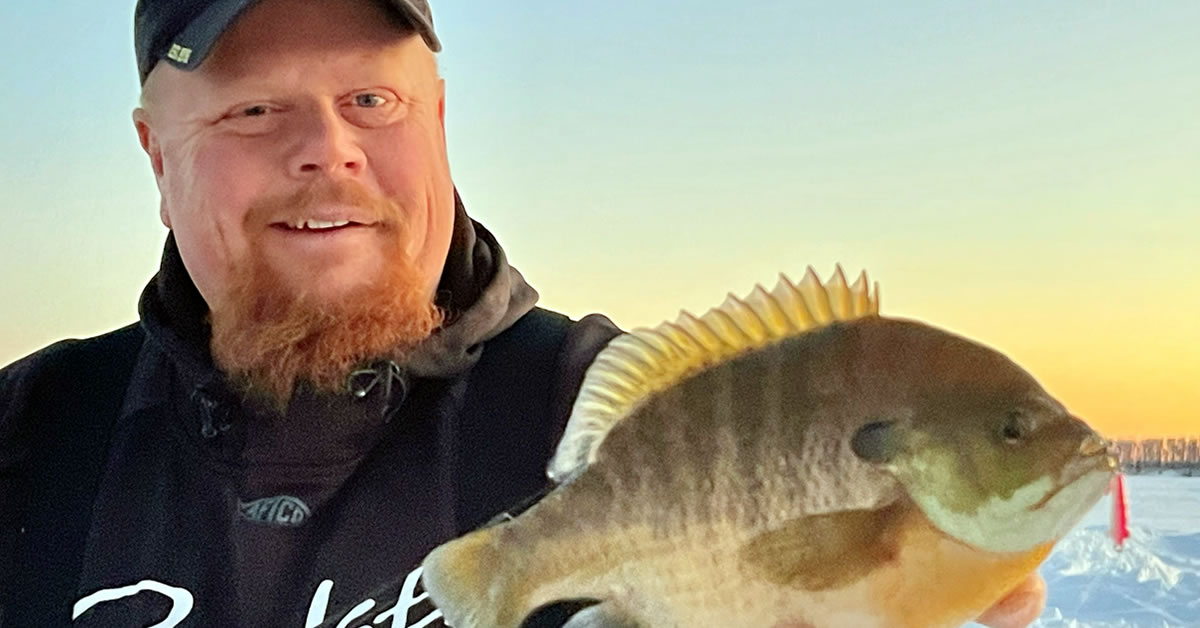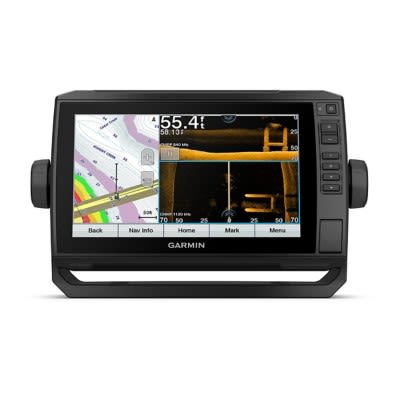Summer Smallmouth On Top
It's easy, it's fun, and it's one of the best ways to catch larger than average fish
by Craig Ritchie
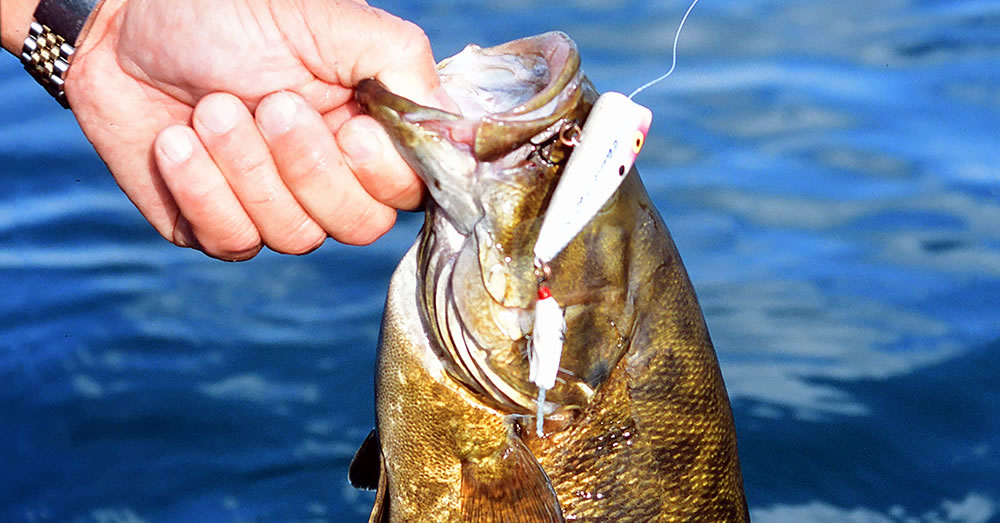
Topwater bass fishing is about as exciting as it gets – who among us doesn't appreciate the thrill as a big bass explodes on a surface bait? But the real bonus is that these fish are often above average in size, giving topwater action even more appeal.
While most of us tend to think of topwater fishing a something to do on a calm summer evening when the mosquitoes are hell-bent on siphoning every last piece of exposed skin, the reality is that surface fishing is a great tactic any time we face relatively calm conditions. Watch the weather for high pressure systems, and the longer that beautiful, stable and calm weather persists, the better the topwater bite becomes.

Sometimes, your retrieve can't be slow enough, and even dead sticking a topwater can produce. Canadian tournament pro Bob Izumi demonstrated this to me many years ago while we were competing in the Kenora Bass International tournament on Lake of the Woods. It was a very hot August day, the lake flat as glass under a cloudless sky. Taking a break to gobble down a sandwich, Bob positioned his boat at a favourite spot, threw out a Heddon Zara Spook on a very long cast, then laid his rod on the boat deck and began eating his lunch. About 10 minutes later, the Spook disappeared in a tremendous splash. Bob dropped his sandwich, grabbed the rod, and promptly boated four pounds of surprised smallmouth bass. "It's like playing with a cat using a toy on a string," he explained. "Sometimes you just don't move it, and the longer it sits there dead, the more wound up the cat gets. Eventually they just snap and attack it for all they're worth."
Izumi's relaxed approach to topwater fishing proved its value, as we placed in the top 10 among a field of more than 200 boats, including a who's who of top pros.
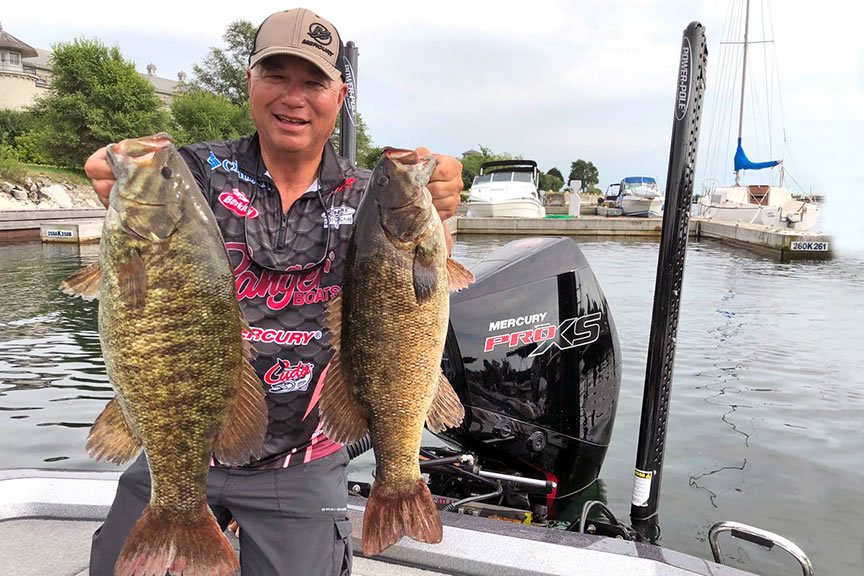
That's especially true when fishing mid-day, he says, when the bright sun sends fish in shallow water head-first into the cover. Then, he says, open water topwater fishing can be even more productive since more fish see the bait.
Because these open water fish tend to be larger than average, your catch at the end of the day will also tend to be larger than average as well.
Topwater fishing is enormous fun, and it can be incredibly productive. When you find your lake locked into a period of high pressure, break out the surface baits and take advantage of the chance to enjoy some of the most enjoyable bass fishing of the year.
